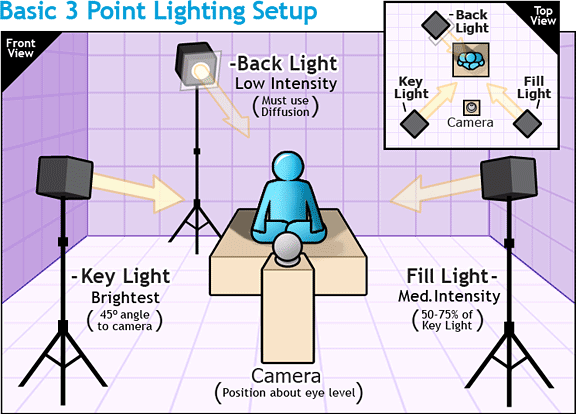Cinematography Research
- pimm pramoj
- Sep 30, 2020
- 2 min read
Updated: Jan 7, 2021
Cinematography is the the art or technique of motion picture photography.
A micro element in the film industry, it is the use of camera positions and movements in order for the director to establish changes in mood.

FRAMING:
ESTABLISHING SHOT - a long shot at the start of a scene that shows things from a distance. it is intended to help identify the location or time for the scene and action that follow.
CLOSE UP SHOT - shot taken of a subject or object at close range intended to show greater detail to the viewer.
EYE LINE MATCH - It is based on the premise that an audience will want to see what the character on-screen is seeing.
LONG SHOT - shows the entire object or human figure and is usually intended to place it in some relation to its surroundings.
EXTREME CLOSE UP - only a detail of the subject, such as someone's eyes, can be seen.
HIGH ANGLE SHOT - the camera points down at your subject. It usually creates a feeling of inferiority, or “looking down” on your subject.
LIGHTING
What does it create?
- changes mood
- changes atmosphere
- highlights things
- aesthetics
KEY LIGHT - the main source of direct light shining on a character or object. High-key refers to key light that is the main source of a scene’s light; low-key refers to key light that is not the main source of light.
BACKLIGHTING - when the main light source comes from behind a character or object.
SIDE LIGHTING - lighting used to illuminate the areas in a scene that aren’t lit by key light.
QUALITY OF LIGHT - This refers to its perceived hardness or softness. A hard quality has dark shadows with sharp edges. Soft quality has diffused shadows.
CONTRAST - This is the range of tones between pure white and pure black. Low contrast have a wide range and appear soft to the eye. High contrast have a small range and appear stark.
THREE POINT LIGHTING -
HIGH KEY LIGHTING -
- The picture is bright.
- There is a lack of contrast.
- There is a lack of shadows
- High Key images are considered happy and
- Most convey positive emotions.
LOW KEY LIGHTING -
- Lots of dark areas
- Give special attention to contour lines, emphasising them with highlights.
- The tone is darker, and the controlling, colour is usually black.
- Low Key images are darker, more dramatic, and present a lot of atmosphere and tension.
SILHOUTTE LIGHTING -
- A silhouette is the image of a person, animal, object or scene represented as a solid shape of a single colour
- Usually black, with its edges matching the outline of the subject.
- The interior of a silhouette is featureless, and the whole is typically presented on a light background, usually white, or none at all.
Long shots - to show her isolation, loneliness
Dolly shot toward protagonist - convey emotion
High key lighting - positive, sincere
Warm tones - convey comfort and warmth, nostalgic, optimistic, sentimental
RELATE
In our short film, we plan on using long shots, establishing shots as well as close ups, in order to effectively convey emotion from the film to the audience throughout the film. We will also be incorporating the use of low key lighting, to show the darkness that our protagonist has been through. The use of low key lighting will also allow us to establish a dramatic and tense tone to the film.












Comments